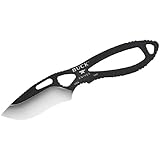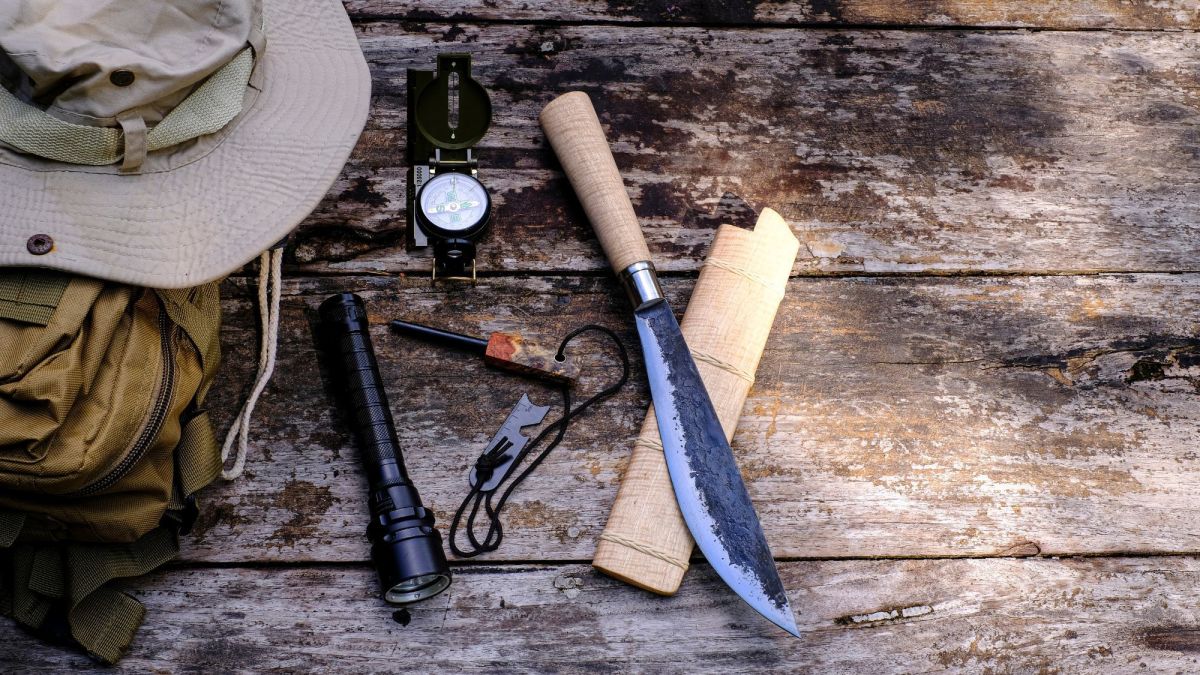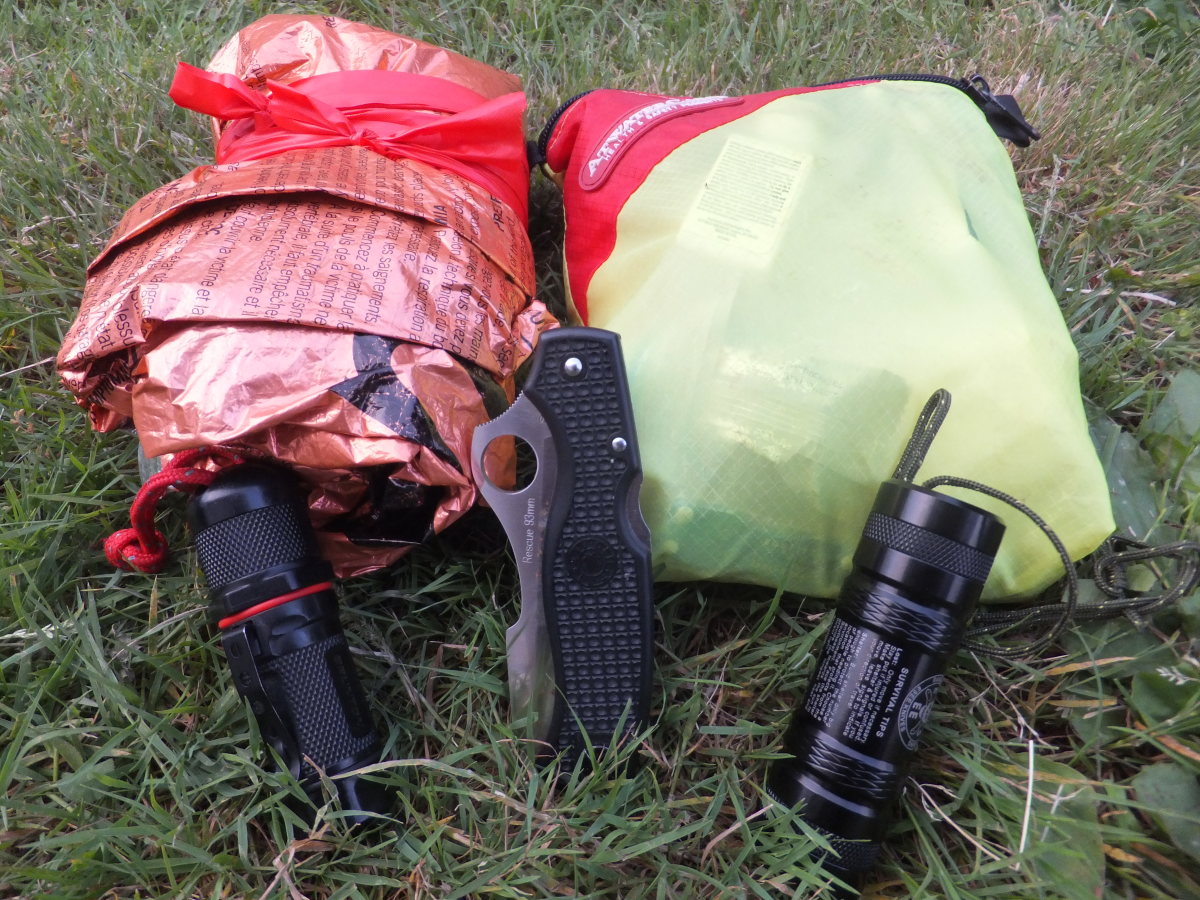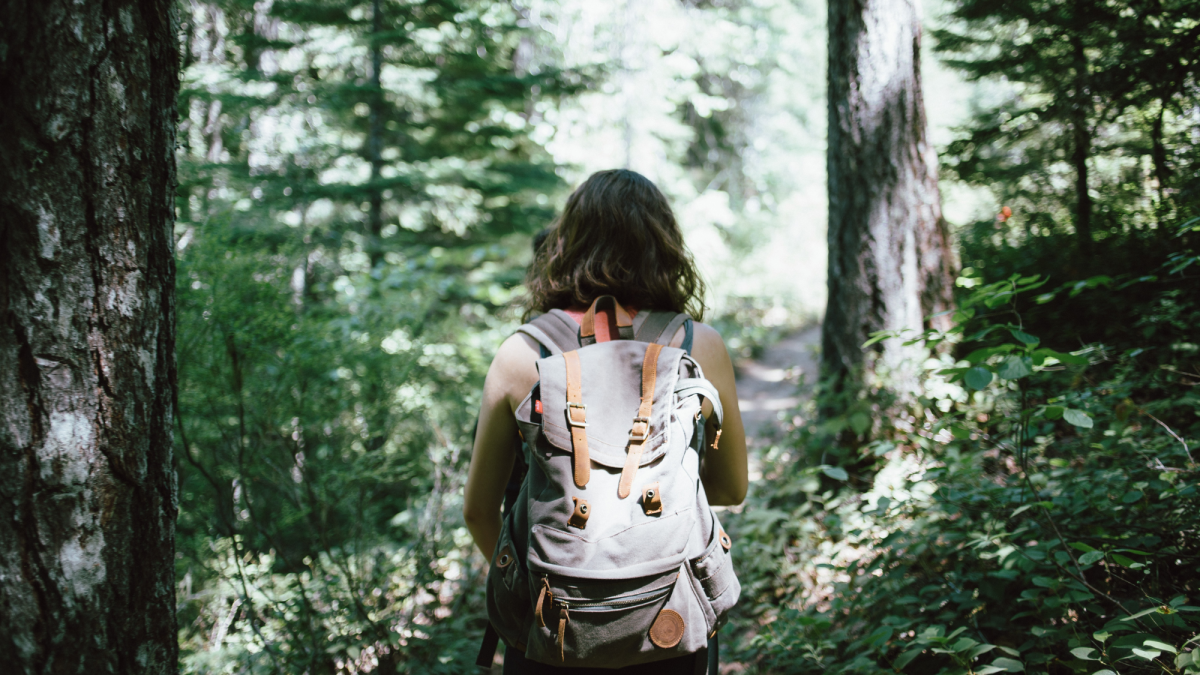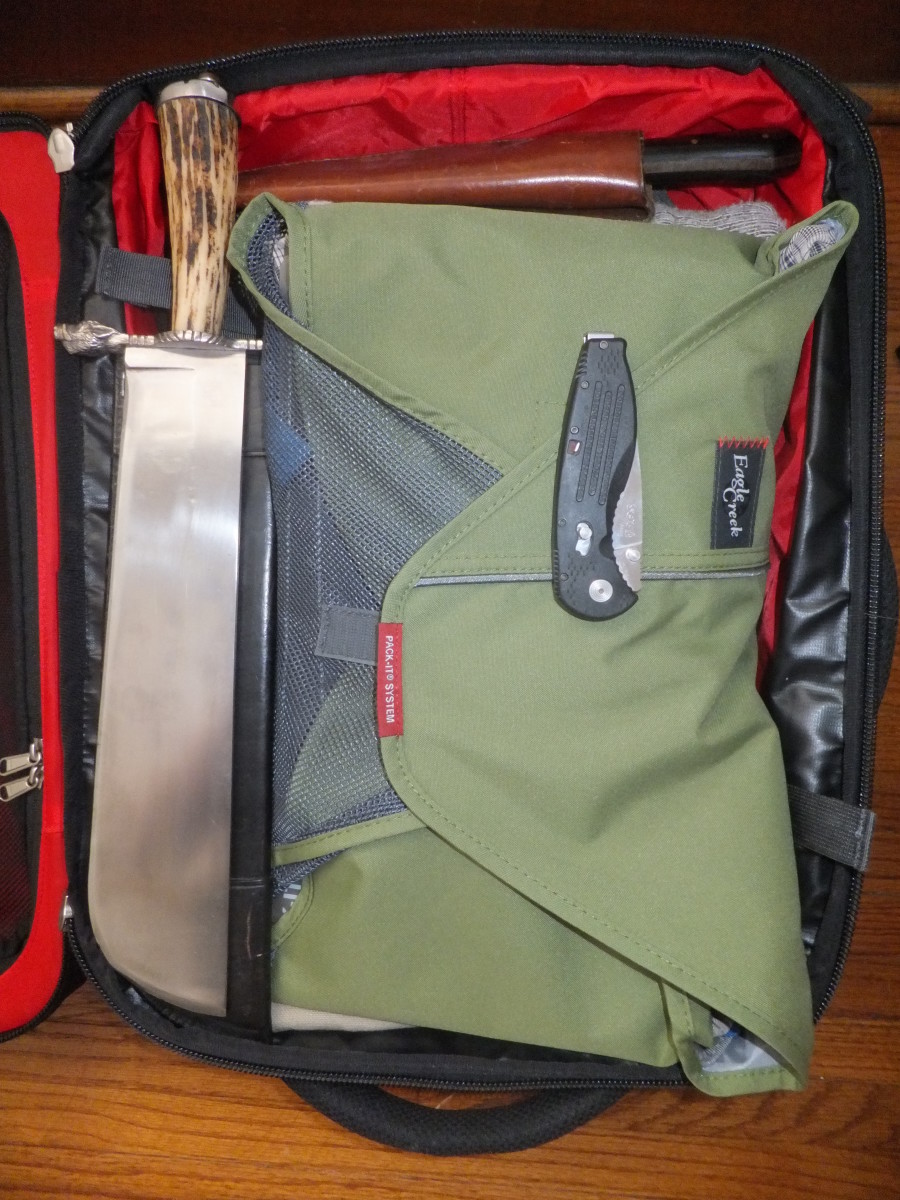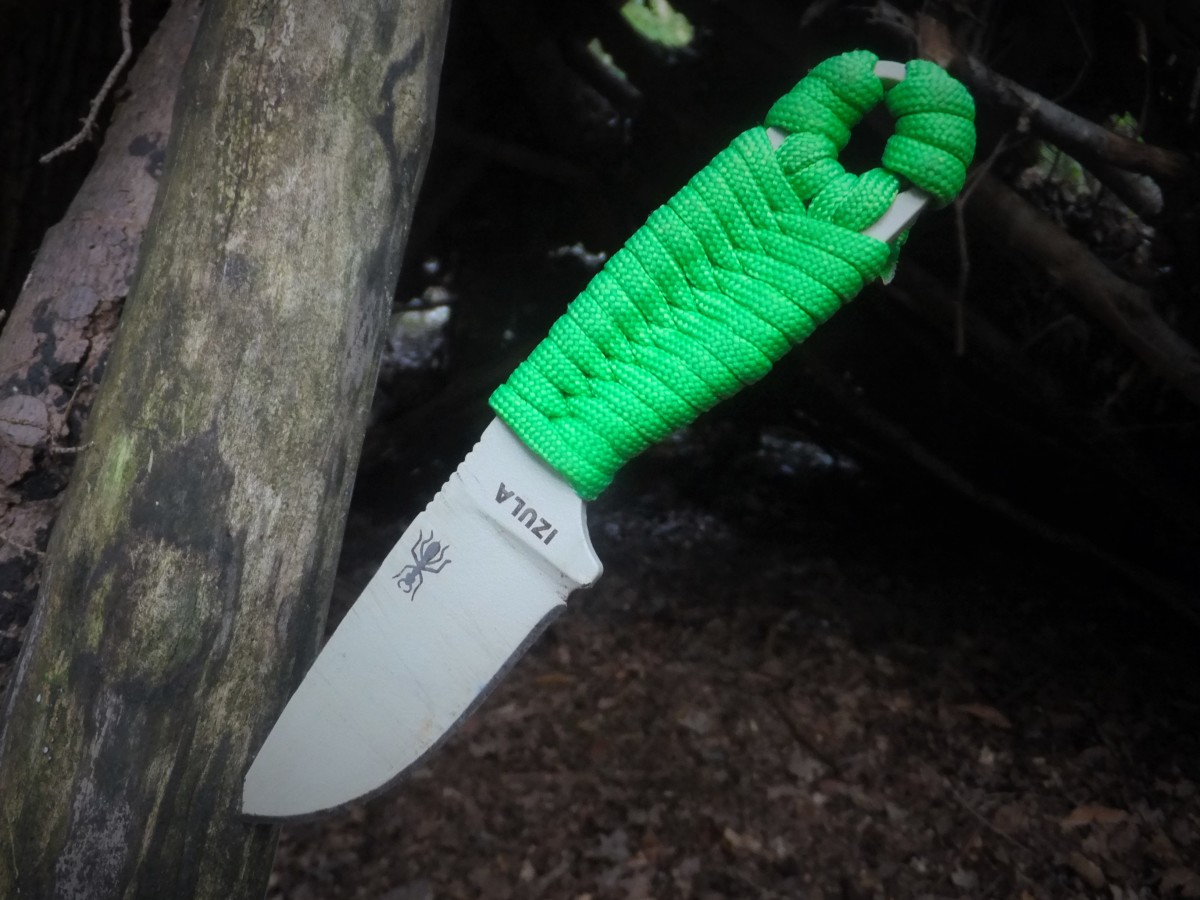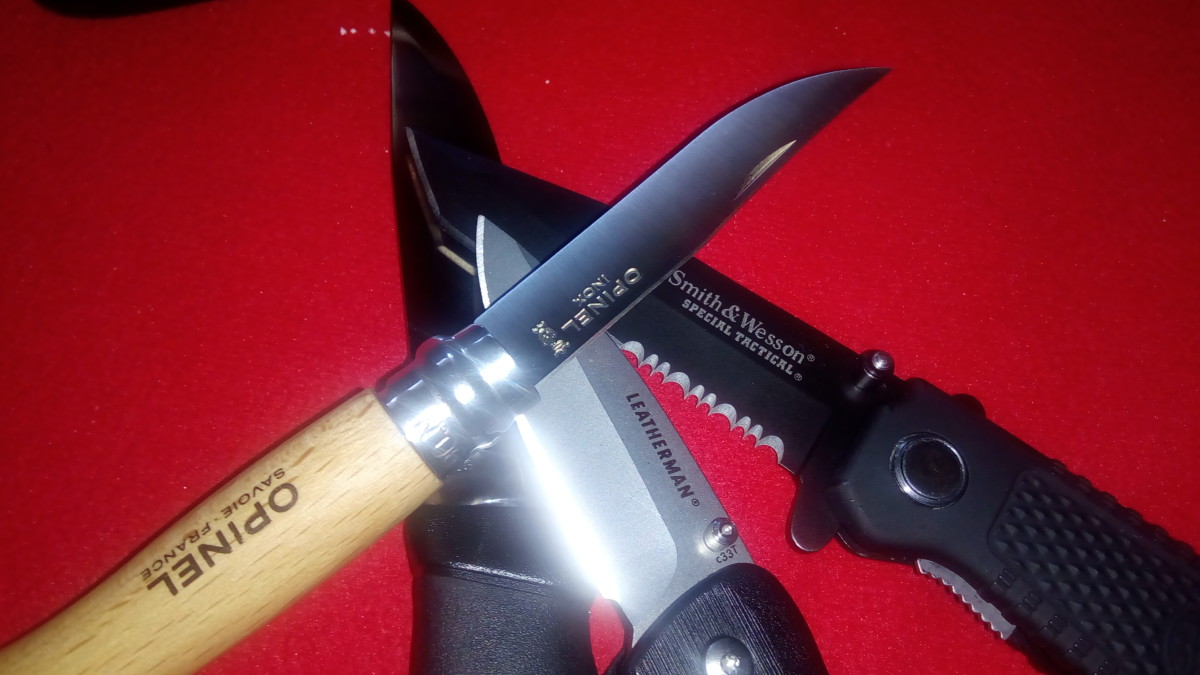Outdoor Knives - How to Choose the Best Wilderness Outdoor Survival Knife
Outdoor survival knives capture the imagination like few other objects. A big knife that can help keep you alive and do anything that needs doing is a fascinating concept, and brings a lot of money in to knife companies. There are probably more junk “survival” knives out there than any other type of junk knife. Basically, avoid anything with a sawback or hollow handle unless you know it is from a good company. For instance, Chris Reeves Knives make a couple excellent models with hollow handles, but most are junk. A good quality wilderness survival knife, though, is essential and is, in my opinion, the most important item to carry. A good knife, more than any other object, can keep you alive in the outdoors. There are many types of outdoor knives and there is a bit of overlap between a survival knife and a general outdoor knife or camping knife. A survival knife will ideally be larger and stronger than just a general camping knife intended for hiking or light duty. It is best to carry a knife in the outdoors that is capable of doing the rough, hard jobs that may need to be done in an emergency situation. . There is no "one best survival knife" - many knives will do a great job. Here are some pointers on how to choose a good survival knife for you.
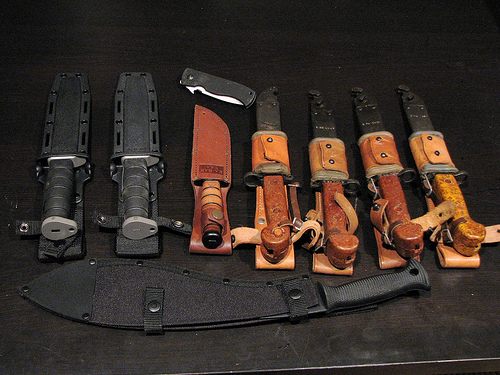
Qualities of a Survival Knife
1) Size is an obvious point. The best survival knife would be a large knife that you have experience using, so that various jobs can be handled from experience. Large knives are big enough to do almost anything necessary as a wilderness survival knife, but can still do the finer jobs. However, you just can not carry a large knife all the time. Businesses tend to frown on employees carrying a belt-carried knife with a 9” blade, for example. In some areas, local laws may prevent you from carrying a large knife, but carry the largest knife that you are comfortable using and carrying. There is some confusion between the concept of a survival knife and a bushcraft knife. Bushcraft knives are useful for fine tasks in woodworking and tend to be quite small. Survival knives are made to do whatever necessary to stay alive. Therefore, survival knives will of necessity be larger than bushcraft knives.
2) Strength is another essential consideration. If possible, pick a knife with a full tang, where the tang of the knife extends the length, and ideally the width, of the handle. Also, avoid a stick tang, if possible. Some knives that utilize a stick tang are still good choices, such as the Kabar USMC, but there are better options.
3) The last general consideration is blade grind. Blades are ground to an edge in several different fashions. Flat grinding is where the whole width of the blade is a tapering wedge from the spine to the edge. Hollow grinding occurs where blade thickness decreases dramatically toward the edge and the steel is sort of “hollowed out”, more like a razor. This gives the option for a very sharp knife that is easy to re-sharpen, but loses strength and utility for woodwork. Scandi grinds keep the full thickness of the blade until right before the edge, where they are ground down in a slightly rounded fashion to an edge. Saber grinds are similar to scandi grinds, but the grind starts further up the blade and is ground like a flat grind from that point to the edge. Any type of grind will do, but the best types are flat grind and the scandi grind. These two are generally the best for working with wood, and many jobs in a survival situation deal with wood.
Large Survival Knives
If conditions are right to carry a large knife, go with one if you can handle it. Large knives are the cream of the crop. They are big enough to chop with, and smaller chores can still be done effectively. Batonning (splitting small/medium chunks of wood by using a wooden club to drive a knife through the chunk) is a breeze, because of the length of the blade, everything else being equal. Large knives have varying definitions, but most people agree that a blade 9” or longer is a large knife. Some put the lower end at 7”, but that is often considered a mid-size knife, rather than a large knife. Busses are generally considered the best, but they cost upwards of $200-300 and are rather difficult to get. The Becker BK7 or BK9, Ontario Rangers, several Cold Steel knives such as the Trailmaster or Recon Scout, and the Kabar Large Heavy Bowie are all excellent choices at reasonable prices. A military survival knife like the Kabar USMC is a great knife and a decent choice on a budget, but a little weaker than the above-mentioned knives. There are many other good examples, but these are some of the best readily available knives. Another option in this class is a good short machete. Tramontina, Ontario, and Condor have a number of options. Don’t choose a large model, though. Consider the 10”-12", maybe even 14” machetes for survival uses and leave the larger models for the jungle.
Mid-Size Survival Knife Possibilities
Mid-size Survival Knives
Many people don’t like to carry large knives on their person, whether just from personal preference or legal issues, but do not mind carrying smaller, but still full-size belt knives in the 4-6” range. These are not big enough to chop well, but can still be batonned and will do most other jobs. There is an almost infinite selection in this range, but many popular models are quite expensive, costing in the neighborhood of $100, such as Bark River Knives, ESEE (formerly RAT Knives) knives, and Fallkniven. They are still well worth owning, but many who aren’t knife lovers just cannot justify the money. Cheaper knives to consider in this range would be the Cold Steel SRK, Cold Steel Master Hunter, Buck Pathfinder or Special, Becker BK2 Campanion (also spelled Companion sometimes), or similar. If these are still too expensive, check out Mora knives, especially the Frost Mora Clipper or the new Mora All-around. They range from $10-$25 and are about the cheapest good quality knives available. Once you choose a knife, why not make a custom leather sheath for it?
Great Small Knives
Neck Knife Class
The next class are the neck knife size fixed blade knives. These are knives with a blade usually less than 4” in length. This class can interfingers somewhat with the class above. The Fallkniven F1 and the Moras could be classified in either category, but are more normally classified as a full-size knife. These knives are not large enough to do big jobs, but are still usually bigger and stronger (and therefore, more useful in a survival situation) than folding knives. Knives in this category would include the Becker Necker, the ESEE Izula, and the Buck Packlite. BarkRiver Knives has a good selection in this range as well, but they are expensive. There are almost unlimited models of custom and handmade knives here as well.
Folding Knives
Folding knives are the weakest and least useful, but also the most likely knife to be with you in an emergency. Fixed-blade knives are a much better choice, but some folders are excellent knives. They are still a decent option, if you choose wisely. Swiss Army knives are a great choice, Victorinox models especially. The Victorinox Rucksack, Trekker, Farmer, and Pioneer are great outdoors folders. Benchmade has a number of good models, such as the Griptilian, Rukus, and 710. Benchmade has excellent knives, but they are expensive. The Rukus is about the closest thing to a real survival fixed blade you’ll find in a folder; but, being recently discontinued, they are running around $200 right now. Spyderco’s Delica, Endura, and Tenacious are good choices. There are many other good pocketknives around that will do a decent job. Kershaw, Buck, Case, Kabar, Boker, Cold Steel, and (usually) Gerber also make good knives. For some good options, look at How To Choose A Pocket Knife.
Final Thoughts
The best option is to have a primary fixed blade with you at all times and then have a backup smaller knife, either a neck size knife or a good folder. Many good outdoorsmen prefer a large knife for the big rough tasks and then a folder, like a Victorinox Rucksack, for the smaller everyday jobs. Sometimes, legalities or practicality do not allow carry of anything other than a small pocketknife. The important thing is to make sure that a knife is available whenever possible, because the knife that is with you in an emergency is your survival knife!
If you like outdoor knives and similar tools, check out http://wildernessknives.com. For much more information on folding knives, go to best-pocket-knives.com
For the rest of your survival equipment, see my hub How to Build a Great Outdoor Survival Kit


